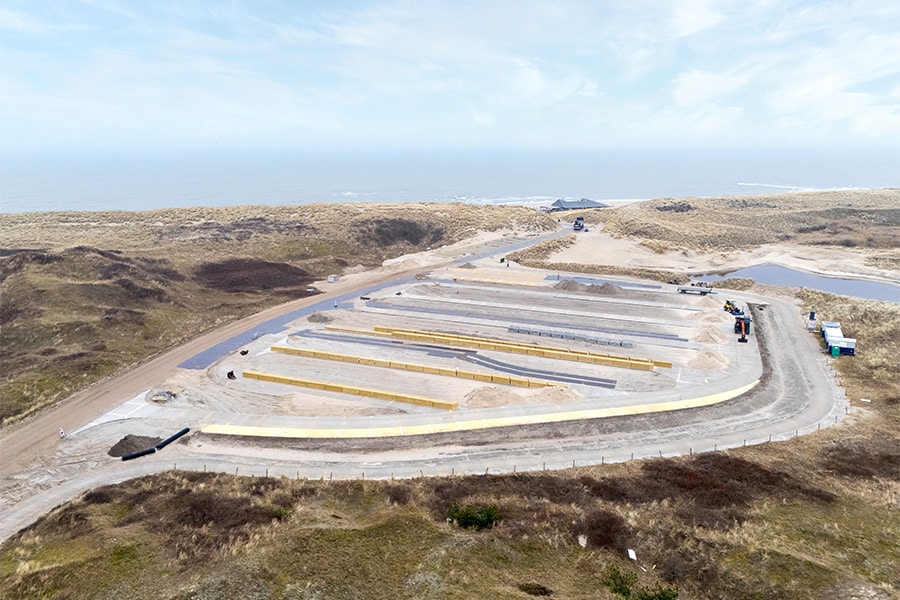
Benefits of integral planning in infra
Every contractor in construction knows the importance of efficient planning of people and resources. But then you have to know what you are going to plan and realize that software can be an important tool in this. As not only one of the largest but also one of the fastest growing software houses in the Netherlands, BouwInfosys offers specialized software for the construction, infrastructure and installation sector.

Integral planning
"When planning people and resources efficiently, we always look at (re)using information already acquired," says Arno Berwers of BouwInfosys. "Compared to the traditional way, we offer a software solution where everything is fully integrated with the back office. So you can take maximum advantage of one-time input and reuse of information. And efficient integral planning in other words!"
Fast, simple and insightful
"If a company has purchased a piece of equipment, the administration already creates it. Everything is set up and integrated into the system in such a way that the piece of equipment can then be managed efficiently: from simple planning in a graphical drag-and-drop planning board to registering inspections in the workplace or maintenance on the machines," Berwers says and continues: "The workshop has insight into this planning and can influence it itself. For example, a quick decision can be made together with the planner to move an inspection or maintenance forward or backward so that the piece of equipment is available when it would be needed."
"The moment a job is taken on, the foreman determines how the project will be approached: what work is to be performed when, and which machines and people are needed to do it. In our system, we distinguish between long-term and short-term planning. Again, these are linked to each other."
Long-term planning
"For larger works, the foreman (often together with the project manager) makes the project planning for the work. That project planning already gives the planner an idea of how many and which machines are needed when. Suppose he knows that 2 crawler cranes and 3 shovels are needed for a project in week 35. The system helps the planner provide immediate insight into the available resources. Are there enough crawler cranes available and where are they located? If it turns out that there are not enough available for that period, the planner can see if the schedule can be adjusted or if he needs to hire additional crawler cranes. That hiring equipment, by the way, can also be easily entered into the system so that you can plan or request it immediately so that the process is not compromised. Very important, in this time of tightness."

Short-term planning
"The advantages of integral planning come from the fact that you have insight into available and required capacity, and can match them with each other," according to Berwers. "The ideal picture, of course, is that you have at least your own equipment pieces occupied and in addition you don't need more than you can hire." In practice, after the long-term planning has been established, the foreman starts requesting the actual equipment pieces in the short-term planning. "With the tablet, he simply requests a crawler crane for Tuesday through Friday. The planner sees the request in the planning board and starts scheduling the available crawler crane. The system asks if certain attachments need to be included and shows which ones might be applicable. These can be planned along immediately."

Equipment, tools and people
"In addition to the equipment and tools, you obviously want to be able to schedule people. This is just as easy in our system. Because everything is linked together, each person knows exactly what work he is going to do, where he has to work and what equipment including tools he has to bring along. He also knows immediately how long he is scheduled for that day: the expected time registration appears on his phone and he only has to confirm or adjust it. Even the leave, absence and working time records of all employees are integrated into the system. Everything contributes to more efficient work and helps reduce errors.
Therein lies the huge advantage over separate planning programs and apps," Berwers said in conclusion.



